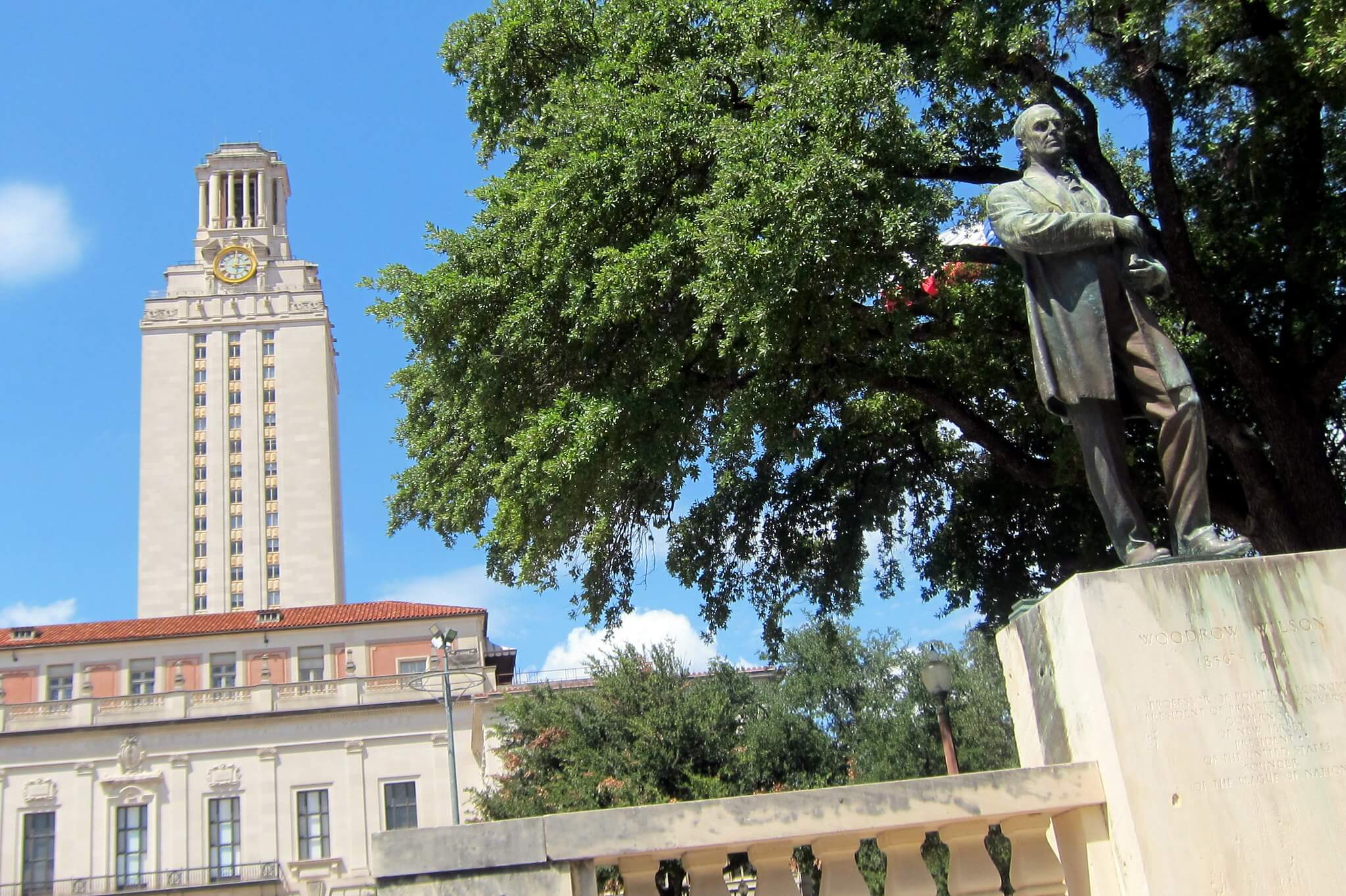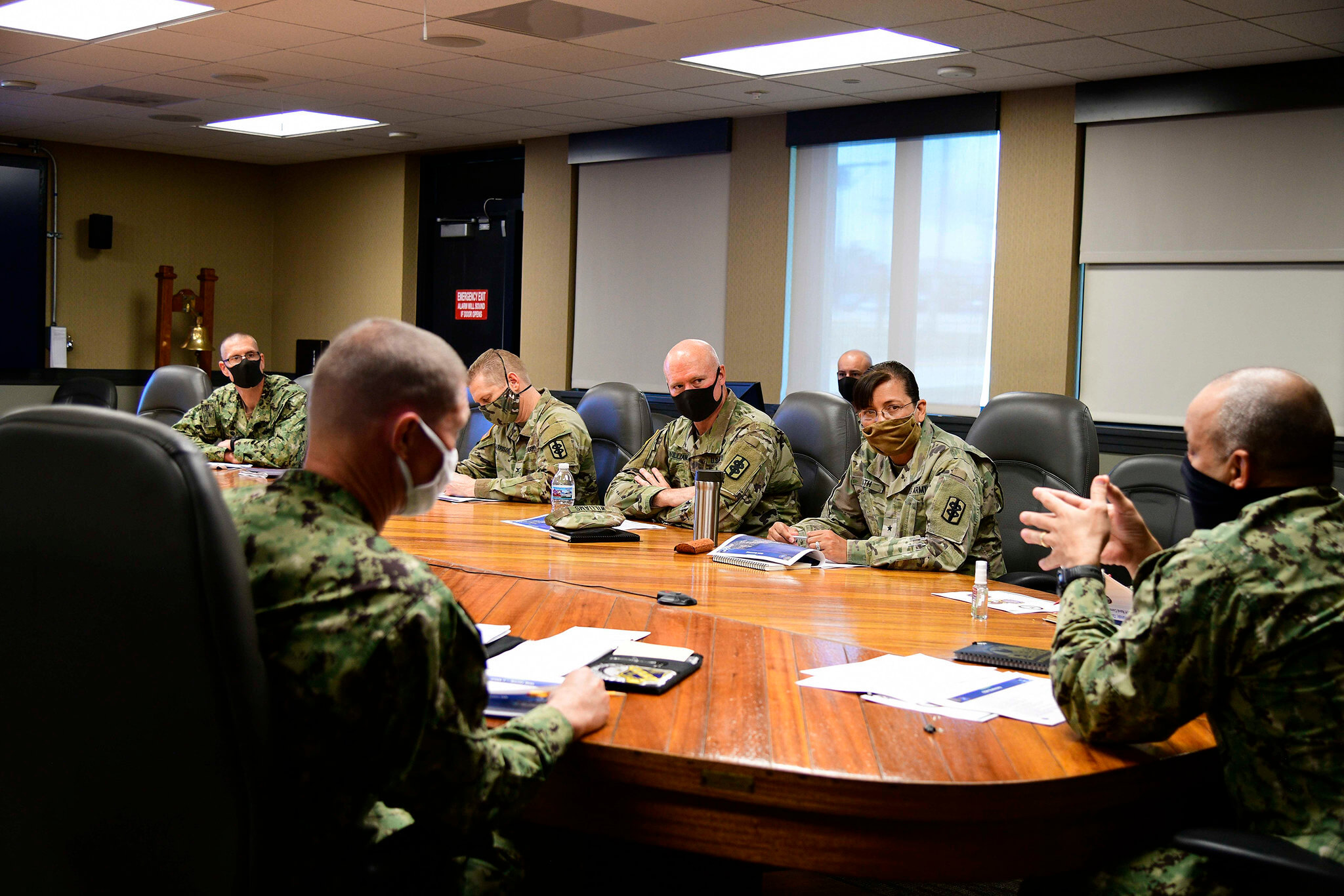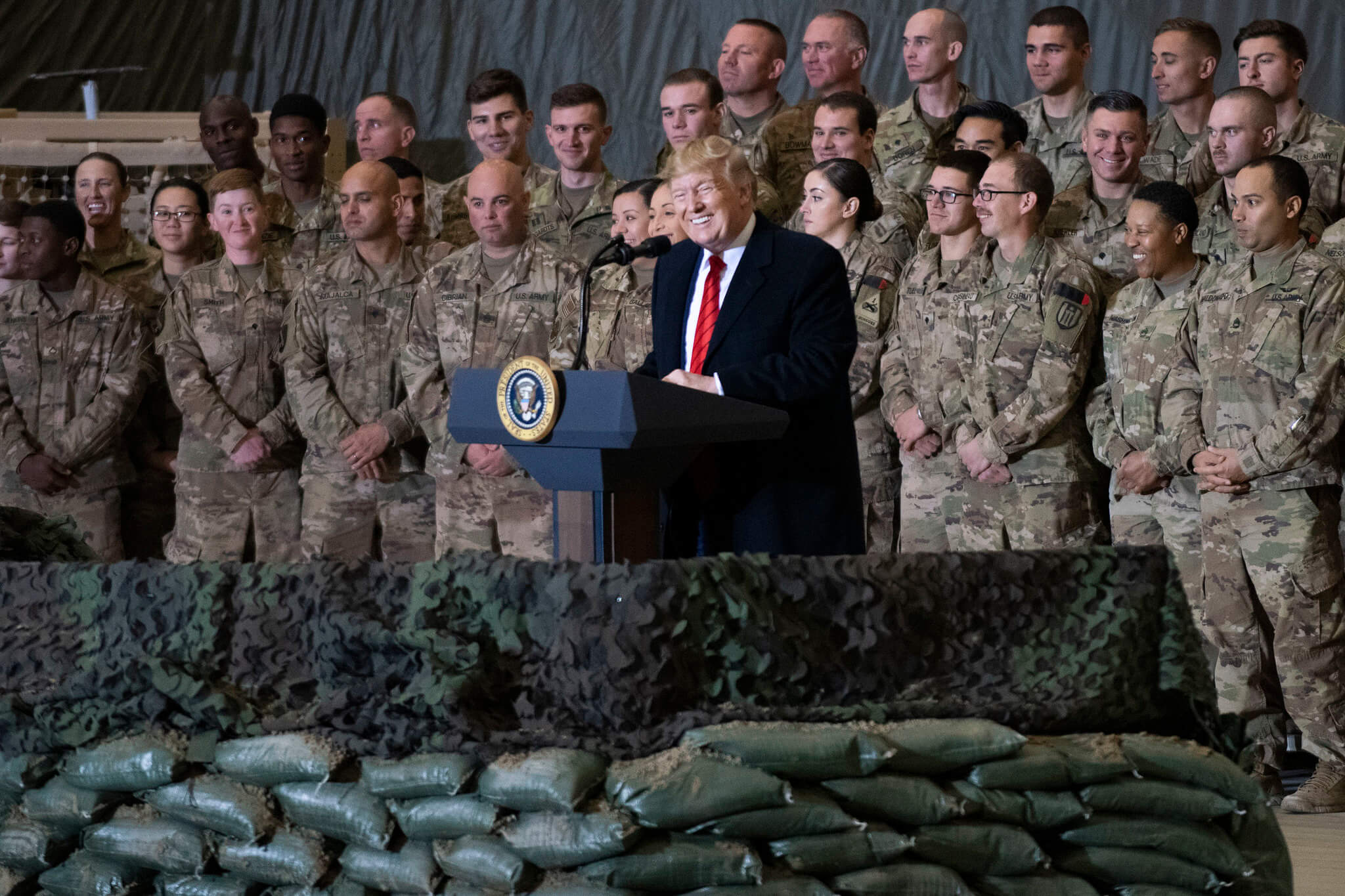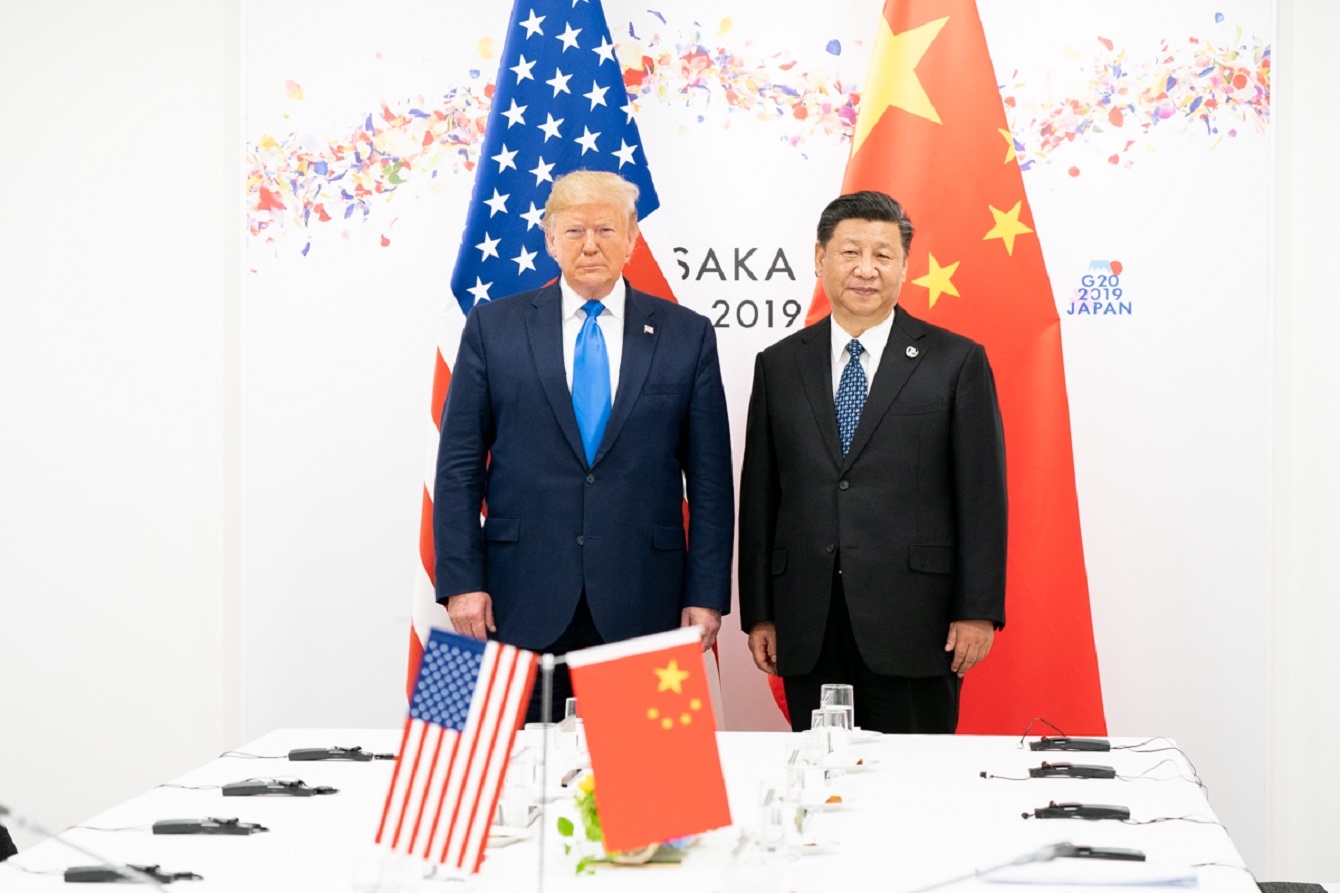
The Undoing of American Exceptionalism – and what comes next
The Trump administration is the first since 1945 to openly reject American exceptionalism in world politics. That’s why the world as we knew it is changing even faster than before. It is improbable that the American order will be superseded by a Chinese one. Nor is the world on the cusp of multipolarity, as this would imply a level of maturity that is still absent in a system in flux. Instead, a more regionalised ‘multiplex’ configuration is likely to emerge. We have been there before.
The COVID-19 pandemic has fuelled the ongoing debate on the shift in global power relations. It remains to be seen to what extent further deliberations will be informed by this particular crisis, but foreign policy observers are looking for clues that will reinforce earlier arguments.
In this broader discussion on geopolitics, most contributors subscribe to the notion of a fraying world order that was built after the end of the Second World War. Now that this order is on its way out, we may want to have a closer look at its characteristics to ponder the question what role the US has been playing – and to consider what may come next.
The liberal international order – and its critics
During much of its life cycle this order, including America’s role as main operator, has been debated and criticised by international relations scholars ranging from Realists, Revisionists, Neo-Marxists and Constructivists to other schools of thought. The order has come under various labels, but often used denominations are ‘liberal’, ‘rules-based’ and ‘multilateral’.

Yet, the heading ‘liberal international order’ was only brought to prominence in the 1990s and 2000s1 and, according to some observers, is still ‘an often rhapsodized, but rarely scrutinized term’.2 In any case, a critical debate has recommenced on its origins and nature, with different outcomes.3
The identification of a liberal system that emerged from the ashes of World War II and that reached its apogee after 1989 is an attractive proposition, because it suggests the forces of good prevailed over the forces of bad. It is generally accepted that from the 1940s onwards, the US invested in a second attempt at crafting a ‘Wilsonian’ global order – referring to the liberal international aspirations of US president Woodrow Wilson (1913-1921).
The US did not solely rely on multilateralism, but established parallel military alliances
This order was comprised of international organisations, international trade and institutions of economic and monetary stability, motivated by a desire to prevent a return of aggressive nationalism in Europe and Asia. US policies were inspired by a combination of rational self-interest (overseas trade is more profitable than recurring military interventions), idealism (democracy brings stability and prosperity) and, after the erstwhile wartime allies had transformed into Cold War competitors, balance of power politics (containment of the communist world).
Despite universalist pretentions, the US did not solely rely on multilateralism. In parallel, it established various military alliances with European and Asian partners to buttress this order. This has prompted scholars to describe the system as an essentially American world order,4 as a Pax Americana based on American power – as opposed to a collective security system based on the United Nations.5

Adam Tooze even widens this argument by stating that in general, ‘order tends to emerge not from cooperation and deliberation but from a cruder calculus of power and material constraints’.6
Meanwhile, the three composite elements of this order are being questioned. In this context, Niall Ferguson has referred to Voltaire who famously said that the Holy Roman Empire was neither holy nor Roman, nor an empire.
Ferguson has a similar view on the liberal international order: Illiberal China comes out as its principal beneficiary, this period of globalisation has led to growing inequalities and, if the system was orderly, it was because of US military power – and not international institutions.5
A more profound critique is provided by Amitav Acharya who challenges the ‘myths of Liberal Hegemony’. He states that the order’s geographical reach was primarily Atlantic and Australasian, that adherence was not always consent-based, that it was not so benign for many outside this order (especially in the developing world), that the system was more pluralistic than is often suggested and, finally, that liberal values were at best applied selectively.4
The post-war order is often romanticised, when in fact it is a crisis-ridden era of violent decolonisation, proxy warfare and near-nuclear conflict
In hindsight, the post-war order is often romanticised as a stable, consensual and predictable period in international relations. In fact, it concerns a crisis-ridden era marked by violent decolonisation processes (some of which are still ongoing), proxy warfare and instances of near-nuclear conflict between superpowers.
If the total number of foreign military interventions by the system’s patron serves as a measure of stability, then the US track record (46 engagements over the period 1948-1991, and even 188 over the years 1992-2017) presents a sobering picture.7
However, despite its flaws and limitations, and being a largely aspirational Western vision of the world, the system ‘held together because the other members regarded American hegemony (…) as relatively benign, and superior to the alternatives’.8 In a similar vein, it seems fair to interpret this order as ‘shorthand for US global leadership, a relatively benign hegemony that provided economic, political and security gains to other countries’.2

From US exceptionalism, to unilateral internationalism
In order to take a realistic reference point when assessing the transition of the US-led order, it makes sense to stress the ‘exceptionalist master narrative that has underpinned US foreign policy since 1945’.9
Indeed, as has been alluded to above, this has been the truly unique and unprecedented feature of international relations in the liberal world order.
During a period when the US ‘has enjoyed more military, political, economic, ideological, social, cultural, scientific, and technological power than any other nation – and by a colossal margin’,10 it chose to wield these powers responsibly, to the benefit of considerable parts of the globe.
Trump is the first to openly reject US exceptionalism
Since the US has been this era’s preponderant international actor, it is only natural that the impetus for change comes from that direction too – as a result of ‘faltering American will rather than declining American capacity’.11 This lack of political will to exercise global leadership has appeared before,12 but is most clearly manifested in the policies of the Trump administration; the first to radically depart from the exceptionalist narrative and to opt instead for a ‘materialist, unilateral internationalism’.9
This new doctrine is not a whimsical product of personality disorder, but results from ‘long-term socioeconomic trends [that] now threaten political support for liberalism at home and abroad’.2 If it is true that ‘domestic processes and phenomena often had more of an effect on the course of US foreign affairs than international or transnational processes’,10 than this new diplomacy may endure and is likely to have a lasting effect on Trump’s successors as well.

External pressures (the ‘rise of the rest’) are compounded by internal dynamics that will gradually bring an end to an a-typical, anomalous period of American predominance. The idea that America should uphold the ‘international liberal order’ may have become an article of faith in Western foreign policy circles, but American voters have never been particularly enamoured with this mission.1
It seems likely that, by historical standards, the world will revert to a more traditional management model, with an increasingly variegated patchwork of coalitions and partnerships and fewer mechanical alignments along ideological lines. Already now, it often happens that states are partnering on issue A and find themselves at odds over issue B, also within existing alliances.13
The nature of the most pressing challenges, including climate change and global health, will push the demand for multilateral governance, but this will be implemented in different configurations.
Enter the multipolar order?
At this stage it is difficult to tell how competition between the US and China, the most relevant bilateral relationship in the coming decades, will evolve. It is highly improbable, however, that China will replace the US as the world’s new supervisor because it lacks many of the attributes (political, cultural but also military) that gave the US its unparalleled pre-eminence over the last 70 years.

Observers are even doubtful whether China would stand a chance of imposing a more limited hegemony upon an ‘unwilling Indo-Pacific’, also in case of a US withdrawal from the region.14
On the other hand, it seems premature to declare a ‘multipolar’ order, because this global concert model implies a level of maturity and crystallisation incommensurate with a system that is in flux. Proponents of multipolarity (often hailing from wannabee states vying for prominence) would be hard-pressed to identify the order’s constituent ‘poles’.
The inefficacy of, say, the UN Security Council or the G7 in the face of COVID-19 doesn’t exactly reveal the contours of a budding multipolar world
If the 19th century ‘Concert of Europe’ has inspired this thesis, then it should be pointed out that the conservative monarchies involved in this system were to some extent comparable players who at least agreed on the fundamentals of European politics.15 In global terms, such like-mindedness does not apply to today’s diverse group of incumbent and aspiring power brokers. The inefficacy of, say, the UN Security Council or the G7 in the face of COVID-19 doesn’t exactly reveal the contours of a budding multipolar world.

Since many emerging actors are primarily regional powers, and the concept of regionalism could be revived in the wake of recent excesses of hyper-globalisation, we are perhaps heading back to a more ‘multiplex’ regional worlds approach.4 Take, for example, the European Union as an often cited model.
In 2016 the EU may have published a Global Strategy, and over time it has collected an impressive number of strategic partnerships across the world, but in essence the EU remains a regional arrangement whose external policies are mainly directed at neighbouring regions, comprising parts of South-Eastern Europe, the Middle East and Northern Africa.
If, in the midst of Great Power rivalries, the EU manages to consolidate its position as a regional player, other fora such as ASEAN and the African Union may be encouraged to enhance their role on the international scene as well. Of course, these developments would take time and meanwhile a ‘fracturing’ of the system may instil fears of a world ‘in even greater disarray’.11
Indeed, although we may have our suspicions, we cannot precisely tell what US retrenchment will do to overall stability. On the other hand, a more regionalised ‘multiplex’ order would reinstate the historical default mode of international relations – a model that has been dealt with before.
- 1 a b Thomas Wright (The Return to Great-Power Rivalry Was Inevitable – The Atlantic, 12 September 2018)
- 2 a b c Rebecca Friedman Lissner, Mira Rapp-Hooper (The Day after Trump: American Strategy for a New International Order – The Washington Quarterly, Spring 2018)
- 3See for instance Michael J. Mazarr (The Real History of the Liberal Order – Foreign Affairs, 7 August 2018) and Robert Kagan (The World America Made – and Trump Wants to Unmake – Politico, 28 September 2018)
- 4 a b c Amitav Acharya, The End of American World Order (Cambridge, 2014)
- 5 a b Niall Ferguson, Fareed Zakaria, The End of the Liberal Order? (London, 2017)
- 6Adam Tooze (Everything You Know About Global Order Is Wrong – Foreign Policy, 30 January 2019)
- 7Monica Duffy Toft (Why is America Addicted to Foreign Interventions? – The National Interest, 10 December 2017)
- 8Robert Kagan (The World America Made – and Trump Wants to Unmake – Politico, 28 September 2018)
- 9 a b Hilde Eliassen Restad (Whither the “City Upon a Hill”? Donald Trump, America First, and American Exceptionalism – Texas National Security Review, Vol 3, Iss 1, December 2019)
- 10 a b Daniel Bessner, Frederik Logevall (Recentering the United States in the Historiography of American Foreign Relations – Texas National Security Review, Vol 3, Iss 2, Spring 2020)
- 11 a b Richard Haass (The Pandemic Will Accelerate History Rather Than Reshape It – Foreign Affairs, 7 April 2020)
- 12Between 2010 and 2017, total US military spending has declined continuously by over a fifth (Economist, 26 April 2020)
- 13François Heisbourg predicts the advent of a post-alliance era (Predations and Predators in the Post-Alliance Era – The Institute for National Security Studies, Volume 23, No. 1, January 2020)
- 14Denny Roy (China Won’t Achieve Regional Hegemony – The Washington Quarterly, Spring 2020)
- 15Andrey Kortunov (Why the World is Not Becoming Multipolar – Modern Diplomacy, 28 June 2018)





0 Reacties
Reactie toevoegen